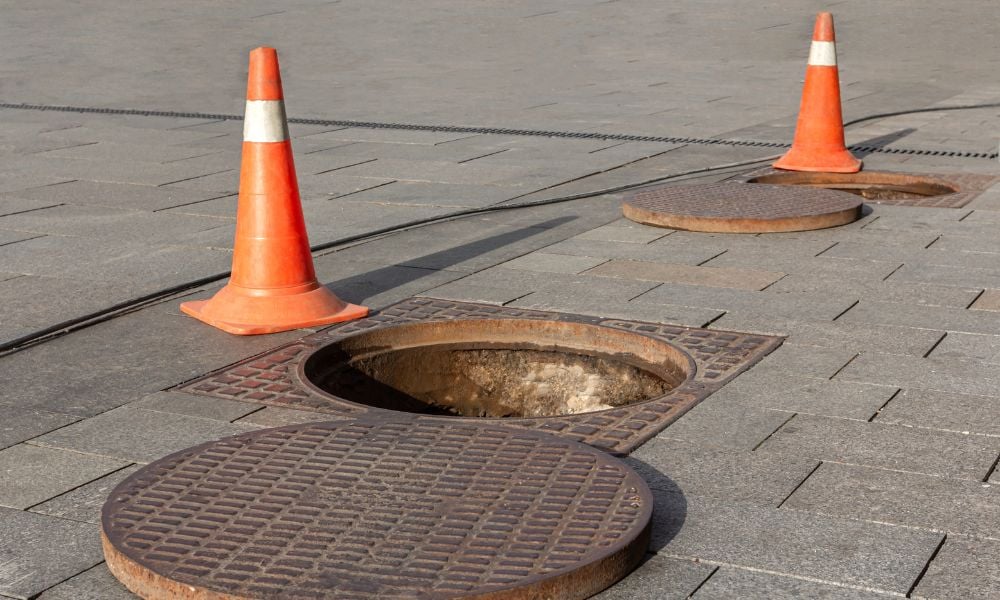Court found 'springboard profits,' profits earned after patent expiry, are also owed to patent holder

The Supreme Court of Canada has clarified the calculation of an “accounting of profits” in determining an award for patent infringement.
In proceedings initiated in 2010, the Federal Court found that Nova Chemicals Corp. had infringed on a patent for the plastic product, metallocene linear low‑density polyethylene, owned by Dow Chemical Co. The ruling was later upheld by the Federal Court of Appeal. For a remedy, the court then had Dow choose between damages and an accounting of profits, compensation, interest, and costs. They opted for the latter.
In 2017, the Federal Court awarded more than $645 million, the largest reported award in a patent infringement case at the time. The Federal Court of Appeal upheld the ruling in 2020, and Nova appealed to the SCC.
In Nova Chemicals Corp. v. Dow Chemical Co., the Supreme Court considered how to calculate the accounting of profits, a remedy which requires that the infringing party disgorge all profits that are causally attributable to their use of the patented invention. The SCC dismissed Nova’s appeal. The decision was split, with Justice Suzanne Côté as the lone dissenter.
"The SCC confirmed and expanded on the appropriate approach to the calculation under the accounting of profits remedy of a defendant’s profits to be disgorged based on the differential profits accounting methodology and the proper identification and application of non-infringing alternatives to that methodology," says Steven Garland, who represented Dow Chemical along with Smart & Biggar LLP colleagues Jeremy Want, Daniel Davies, Matthew Burt and Nicole Boyle. "The Court also confirmed the availability of an award of “springboard” profits (profits based on sales made of the impugned product post expiry of the asserted patent)."
"The SCCs ruling sets a strong precedent in Canadian law for the available remedies for patent infringement," says Garland.
The Federal Court had allowed Dow to have an accounting of profits assessed by reference, and the reference judge decided that the sum would be Nova’s production costs in manufacturing the patented product subtracted from the revenue earned from selling it.
The reference judge also awarded Dow springboard profits, a first in Canadian law. Springboard profits are earned after the patent expires but are attributable to the fact that the infringement allowed the company to establish production and carve-out a market share before the patent lapsed.
Writing for the majority, Justice Malcolm Rowe said that an accounting of profits “is sometimes presented as a choice between” three approaches: the differential costs approach, the full costs approach, and the differential profits approach.
In the first two, the infringer must disgorge the difference between “actual revenues earned by selling the infringing product and the actual costs associated with producing the infringing product.” The differential profits approach is more advantageous to the infringer, because once they determine the profit they earned from infringing, they subtract the profit they could have earned by selling “the best non-infringing option.”
An accounting of profits should be conceptualized as a three-step test which incorporates all three approaches, said Justice Rowe. First, the courts calculate the profits earned selling the infringing product. Then, the court finds a non-infringing option that can isolate the profits which are causally attributable to the invention. If there is a non-infringing option, the third step is to subtract the profits the infringer would have made had it used that option from its actual profits.
The non-infringing option does not need to be a “strict market substitute,” said Justice Rowe. The onus is on the infringer to satisfy the court that its profits were derived from aspects of its product not covered by the patent, and that there is a non-infringing option with which the court can isolate this value.
Before the reference judge, Nova argued that the accounting of profits should not subtract the cost of its production of ethylene. Instead, the calculation should subtract the market value of that ethylene – a higher number that would have lowered the amount they ultimately had to pay. The reference judge rejected this argument.
At the SCC, Nova argued that if it had not produced the patented ethylene, its non-infringing option would have been making pails, buckets, and crates with a different type of plastic. The profit it would have generated should be deductible from the profits earned by infringing, the company said.
In presenting this non-infringing option, Nova’s reasoning was flawed for two reasons, said Justice Rowe. It is based on the idea that an accounting of profits is “designed to ensure that the infringer ends up no worse off than had it never infringed.” The point is to disgorge to the patentee all profits that are “causally attributable to the invention.” Second, this view would incentivise an infringer to steer its business toward a more profitable infringing product as a form of business insurance for infringement. “[A]n infringer could always use their previous product lines as a non‑infringing option and protect those profits in the event their new product infringes a patent.”
The majority found that the reference judge did not err in refusing to subtract the market price of ethylene, rather than the product costs, from the revenue. The majority also found that Nova failed to establish that there was a viable non-infringing option. There was also no basis to interfere with the award of springboard profits, said Justice Rowe.
Justice Côté disagreed with the majority that the point of the accounting of profits is not to restore the infringer to the position they would have occupied had it not been for their infringement. As for the patentee, she said the differential profit approach was preferrable because “it best approximates the causal contribution of the infringement” and “isolates the value of the patent in the hands of the infringer by comparing the infringer’s actual profits with the profits that the infringer could have and would have earned but for the infringement.”
For Justice Côté, the non-infringing option does not need to be a “true consumer substitute for the patented product.” The reference judge erred by applying caselaw which required one. “This distorted the causation analysis by preventing a comparison between Nova’s actual profits and its hypothetical profits had it not infringed, and forces Nova to disgorge millions of dollars in profits that have not been shown to be causally attributable to its infringement of Dow’s patent,” she said.
Justice Côté would have allowed Nova’s appeal, and remitted the application of the differential profit approach and the springboard-profit calculation to the Federal Court.
"The SCC has ensured that Canadian patent owners will continue to have access to powerful tools to protect and enforce their rights, and moreover has upheld and reinforced the strength and value of patent rights in Canada," says Garland.










